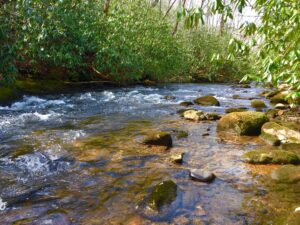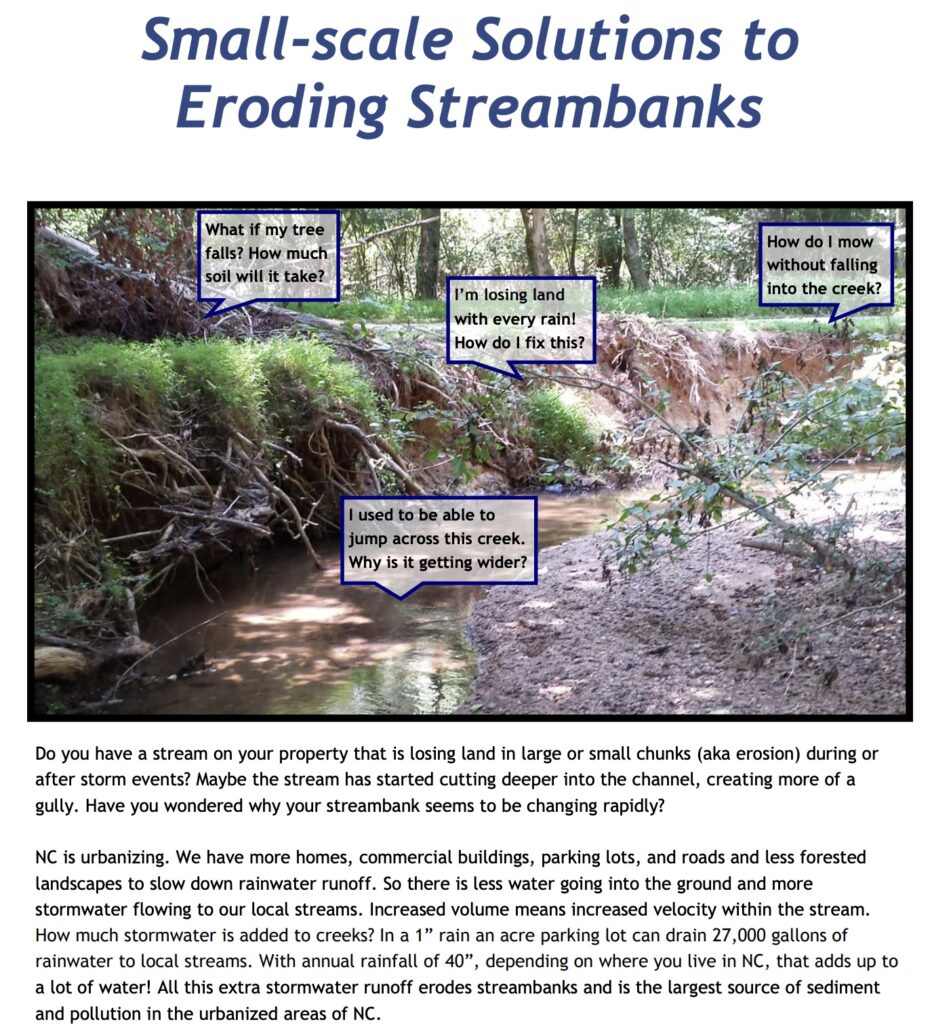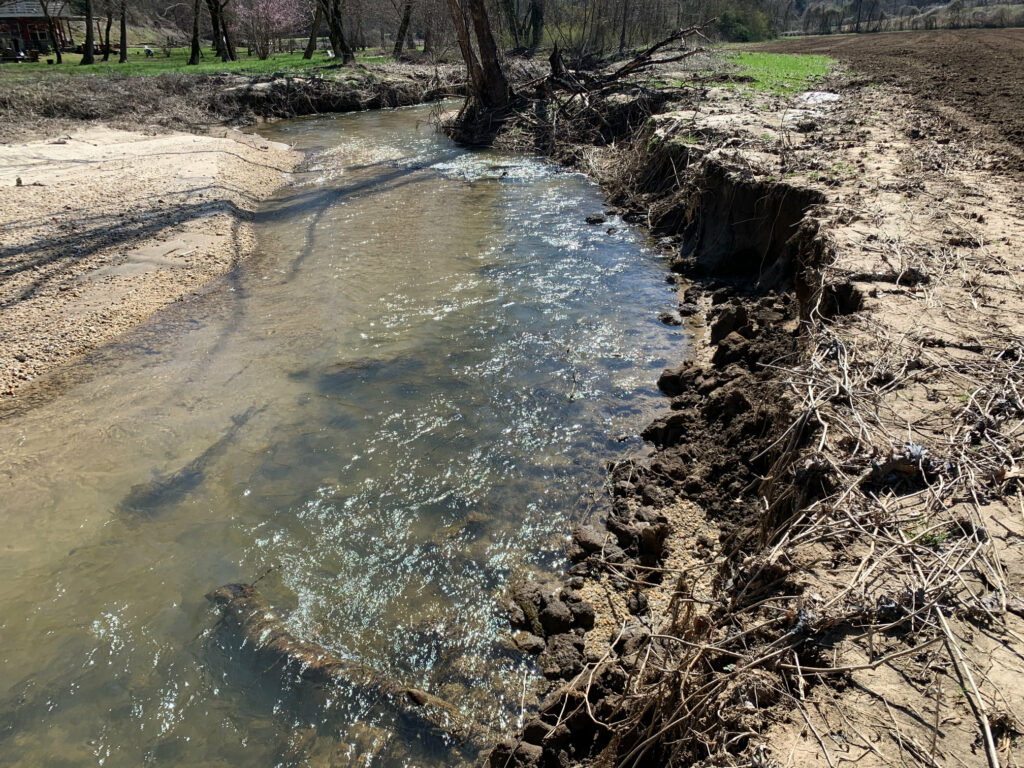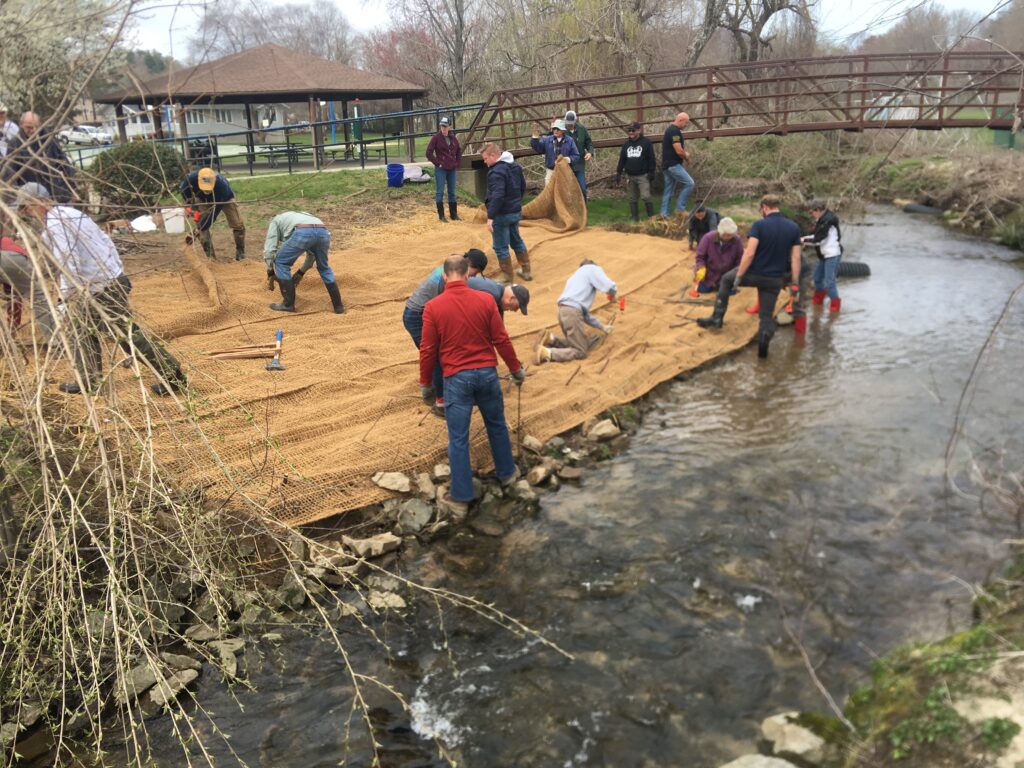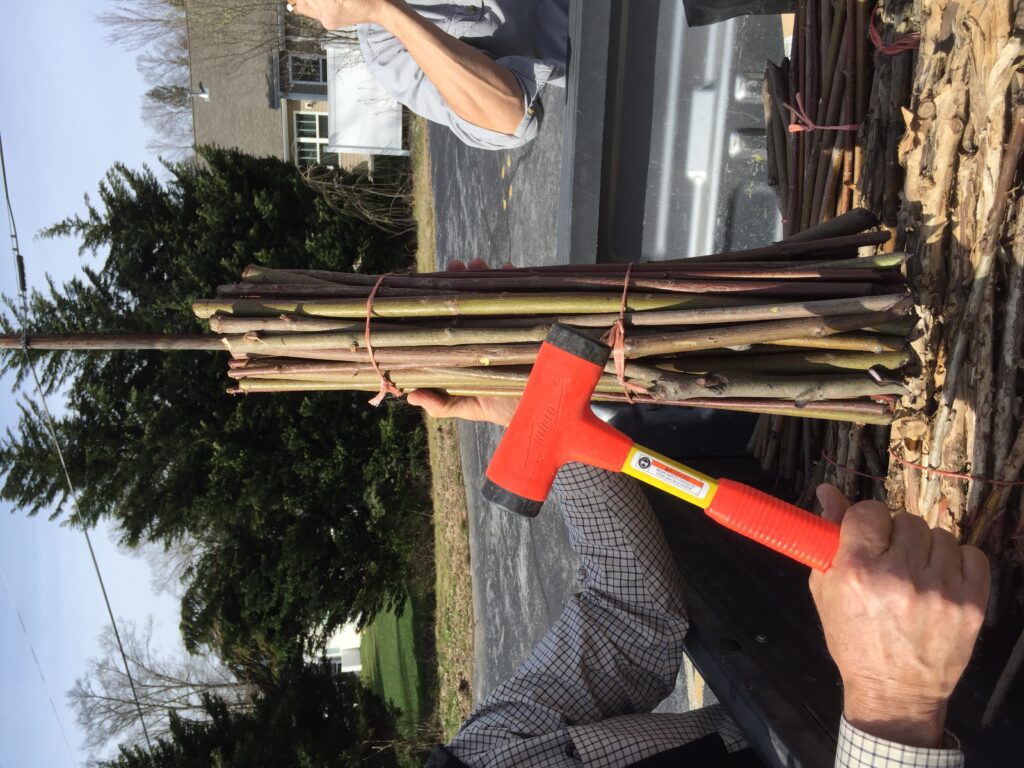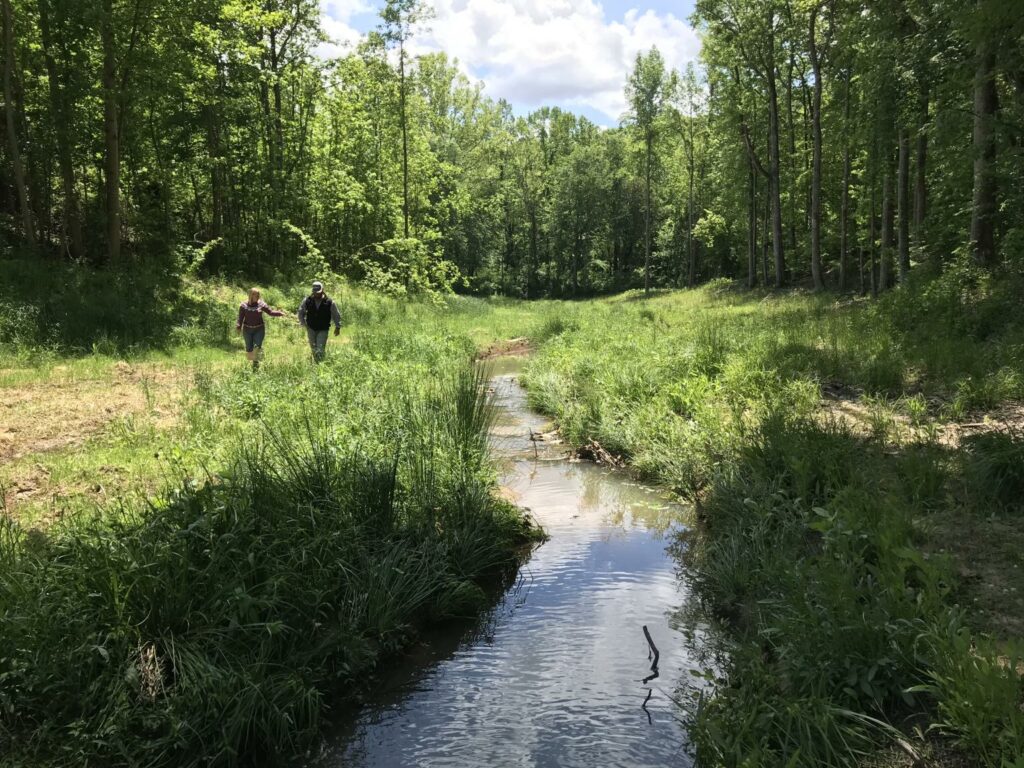Small Scale Solutions to Eroding Streambanks
go.ncsu.edu/readext?756158
en Español / em Português
El inglés es el idioma de control de esta página. En la medida en que haya algún conflicto entre la traducción al inglés y la traducción, el inglés prevalece.
Al hacer clic en el enlace de traducción se activa un servicio de traducción gratuito para convertir la página al español. Al igual que con cualquier traducción por Internet, la conversión no es sensible al contexto y puede que no traduzca el texto en su significado original. NC State Extension no garantiza la exactitud del texto traducido. Por favor, tenga en cuenta que algunas aplicaciones y/o servicios pueden no funcionar como se espera cuando se traducen.
Português
Inglês é o idioma de controle desta página. Na medida que haja algum conflito entre o texto original em Inglês e a tradução, o Inglês prevalece.
Ao clicar no link de tradução, um serviço gratuito de tradução será ativado para converter a página para o Português. Como em qualquer tradução pela internet, a conversão não é sensivel ao contexto e pode não ocorrer a tradução para o significado orginal. O serviço de Extensão da Carolina do Norte (NC State Extension) não garante a exatidão do texto traduzido. Por favor, observe que algumas funções ou serviços podem não funcionar como esperado após a tradução.
English
English is the controlling language of this page. To the extent there is any conflict between the English text and the translation, English controls.
Clicking on the translation link activates a free translation service to convert the page to Spanish. As with any Internet translation, the conversion is not context-sensitive and may not translate the text to its original meaning. NC State Extension does not guarantee the accuracy of the translated text. Please note that some applications and/or services may not function as expected when translated.
Collapse ▲Do you have a stream that is losing soil along the banks? Are your streambanks steep? Then you may need to remediate the situation to save your land.
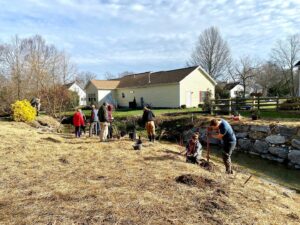
This streambank has been graded to reduce the slope. Then erosion matting is installed and live stake plants are planted. Photo courtesy of Mills River Partnership.
Remediating streambank erosion is accomplished by stabilizing the soil. Plants are the best way to hold streambanks together. Larger erosion issues may require grading the land to decrease the slope of the streambank.
Learn more about remediating eroding streambanks by checking out the NC State ‘Small Scale Solutions to Eroding Streambanks‘ publication.
Temporary and permanent seeding recommendations:
- May 15 is listed as the recommended transition date from winter/fall seeding of a temporary mix of wheat, rye grain, or annual rye to the spring/summer seeding of german millet, browntop millet, or pearl millet.
- When seasons overlap (like early spring going into May) , a mixture of two or more temporary species may be necessary to obtain the best temporary coverage.
- The best practice for temporary seed mixes is to mix with and apply simultaneously at recommended rates with the recommended permanent seed mixes listed. (For best results, permanent seed mixes are not recommended until July or August.)
- Permanent seed inclusion in the mix should total 15 pounds of pure live seed (PLS) per acre drilled or 15-20 pounds PLS per acre broadcast applied.
- At least 4 species should be selected for the mixture, including one species from each type (warm and cold season and wetland).
- Selection of more than four species is recommended for increasing chances of successful vegetation establishment.
- Wildflowers can be added to the mix. They should not be counted in the minimum seeding rate for grasses.
- Where / if possible, along the lower portion of stream banks subject to erosion from the stream, a rolled Erosion Control Matting Product such as a biodegradable coconut coir mat or double net coconut blanket, is recommended to install along the toe of the slope and extending up on the banks to hold seed and soil in place.
Seed Mixes:
Other Seeding & Planting References for Streambank Repair:
If you do happen to have an eroding stream bank, Shade Your Stream is a cost share program that helps landowners pay for native plants to install along their streambanks.
The Mountain Valleys Resource Conservation and Development Council (Mountain Valleys RC&D) is currently accepting applications. Sign up to request assistance with this intake form.
Additional Resources:





